The first real Matra, the M530. No, not the missile, that’s the Matra R.530 for which the car was named. No, no not the René Bonnet Missile, that’s a completely different car by the same company. Sort of.
I’m going to do a few brief posts about the history of Matra. Because cheap mid-engined cars are cool, and French cars are weird, and I need something to do. Also car content on Oppo can’t hurt. This is part three. (Parts one, two).
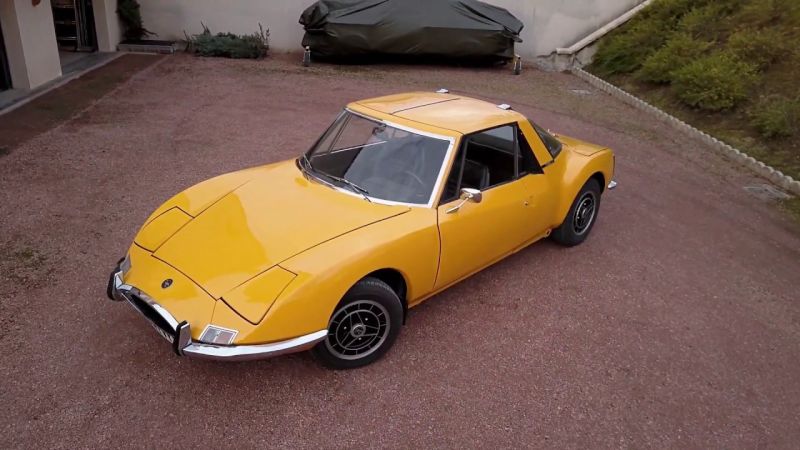
It’s sort of frumpy, as per DB/Bonnet/Matra tradition thus far. But...
Maybe it’s a good time for some more back story. Yes, before Matra bought out René Bonnet and moved into automobile production, and even after, they made missiles and all sorts of things. The sound barrier was first broken in horizontal flight by a Matra powered plane, they’ve built satellites, computers, electric scooters, trains, and funded a football team. This sort of frames the Matra car business more accurately. They were not really a scrappy startup trying to get funding together to build cars, they were a conglomerate that saw an opportunity, purchased said scrappy startup, and produced cars for as long as it was profitable. Maybe less noble than someone like De Tomaso, founding a company under his own name to do his own thing. But he was born rich anyway and how noble is that really? Conglomerate or not, the cars were fascinating so perhaps the end justifies the means.
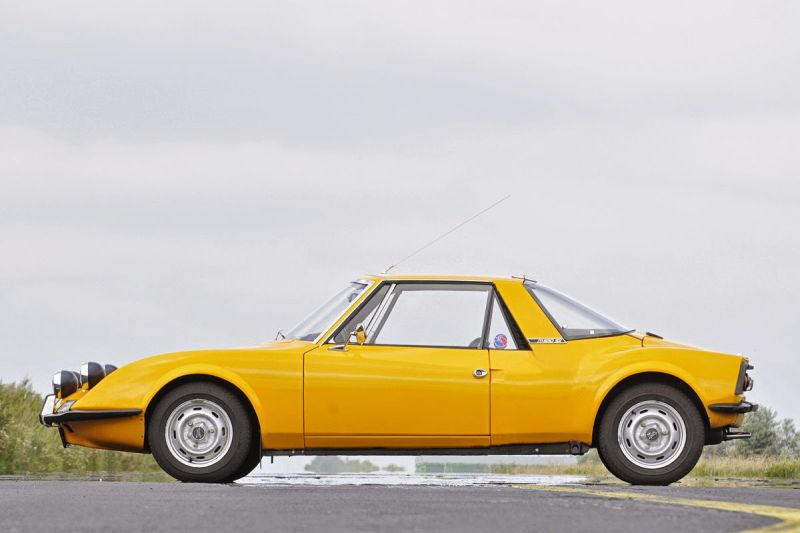
Launched in 1967, the M530 was developed to be more appealing to the public, to non-racers than the Djet, a “voiture des copains” - a car for friends? Okay. This design brief actually yielded some very interesting results. The design was to be mid-engined, with both a usable boot and 2+2 seating - the prior Djet being a 2-seater.
Let’s pause here and consider the gravity of this decision. I will now list every mid-engined 4-seater sports car I know of:
Mondial, GT4, Uracco, Eclat, Elan +2, Evora, Merak, Khamsin, Kyalami, Indy
This is not a big list, just 1 since the Mondial died in ‘93. The MR 4-seater is a tricky thing to pull off, yet in the early days of the mid-engined road car, Matra are shooting for the moon, building something that would only be done a handful of times in the next 6 decades. When you consider also that the M530 was slightly shorter than the 2-seater Djet before it, yet came with and engine that was some 350cc bigger, it almost seems a miracle they got it all to fit. Certainly it was a tight package.
Anyway, this of course left precious little room for the engine. To make it all work a compact Ford V4 engine was chosen, though at 1.7L it was to be a bigger engine than any Matra or DB that came before. This is ironic as DB had just recently dissolved, partially over disagreement of whether to use Renault or Panhard engines, Automobiles René Bonnet being formed to stick with Renault. Yet shortly after they’re using a Ford powerplant.
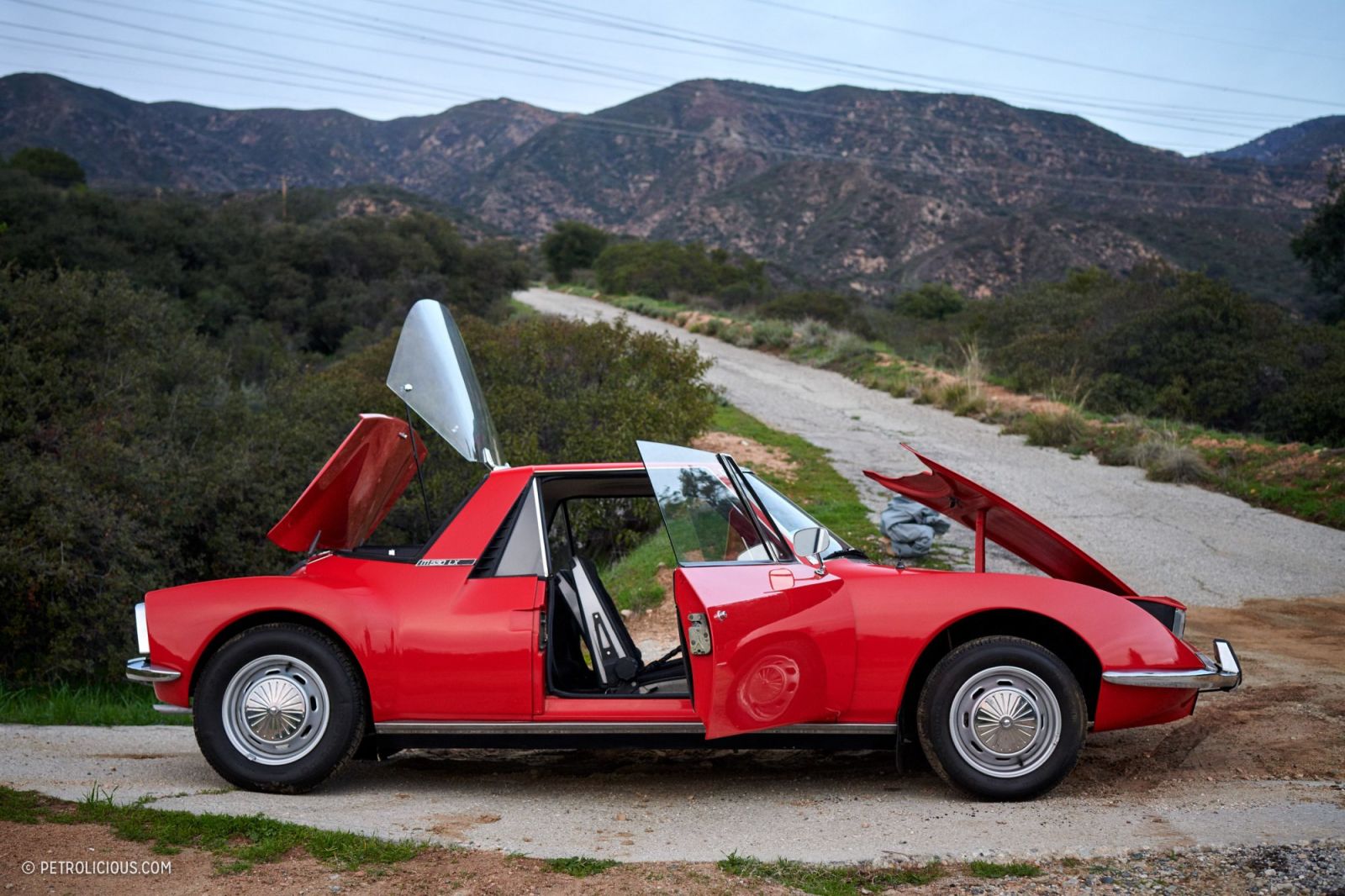
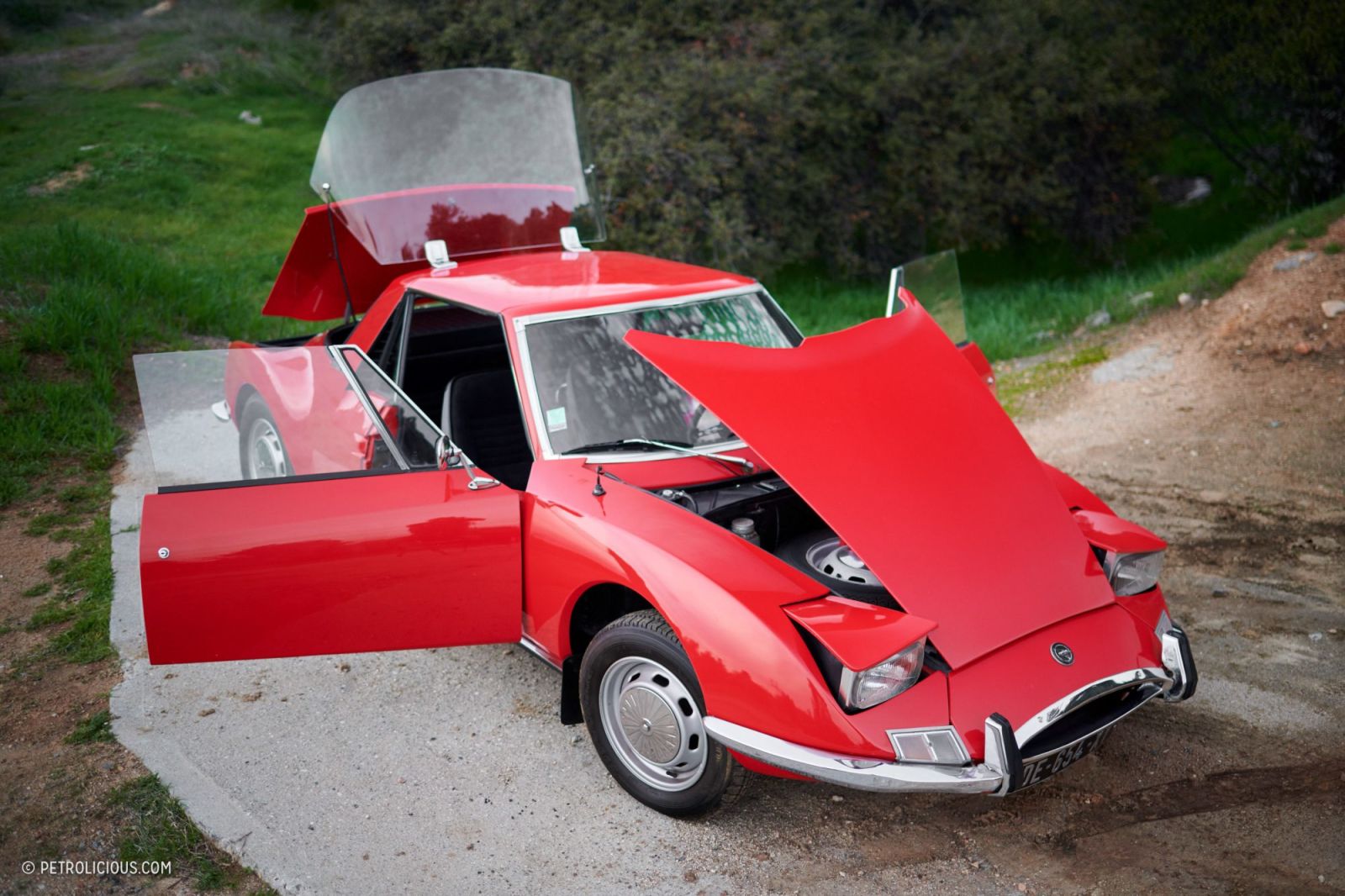
Interestingly, for the first few years of production, the vehicles weren’t fully constructed at the Matra factory in Romorantin that built the Djet. The chassis was built by Carrier in Alençon (South-West of Paris,) and assembly was undertaken by French coachbuilder Brissonneau et Lotz at Creil (Northern France). Only in 1969 was production consolidated to the Romorantin factory. I think both the Ford engine and the decentralised production speak volumes of the environment this car was designed and developed in. Free from the bias of one man and the confines of his factory, Matra had the flexibility in supply and manufacturing to produce this car to a higher standard than was possible for the Djet and those before.
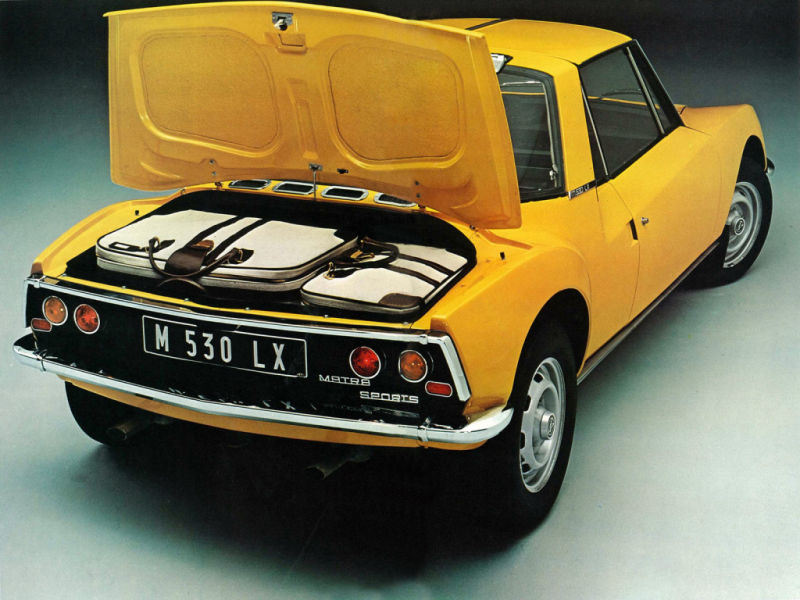
The M530 had a few different versions through its life, though many less than the Djet. The biggest change was the M530SX, which had fixed headlamps rather the ultra-fashionable hidden lights of the other cars, which were actually Renault 16 lights mounted on flippy bits, and a fixed roof as well. Some would call this a lighter, stiffer performance model, but I believe it was all done to cut costs and chase the cheaper MG MGB GT and the lighter, quicker Elan +2. Aside from the SX, all M530s came with a targa roof. Gone was the weird almost-targa-top of the Djet, replaced with a more conventional affair - a removable panel spanning the entire space from windshield frame to rollbar. I’ve found precious little information on the roof itself, but photos suggest that while some models had a single removable panel, others had 2 panels with a split in the middle. Not a t-bar, more like a Carrera GT where the panels meet of their own accord and are split to make storage easier. I’m not sure whether the panels are stored in the frunk (like an AW11), trunk (like a 300ZX), behind the front seats (like an SW20), or even above the engine under the glass cover, but doubtless the split made this an easier problem to solve.

Note that this is definitely a 2-roof-panel car. The Petrolicious shoot was definitely a 1-panel targa
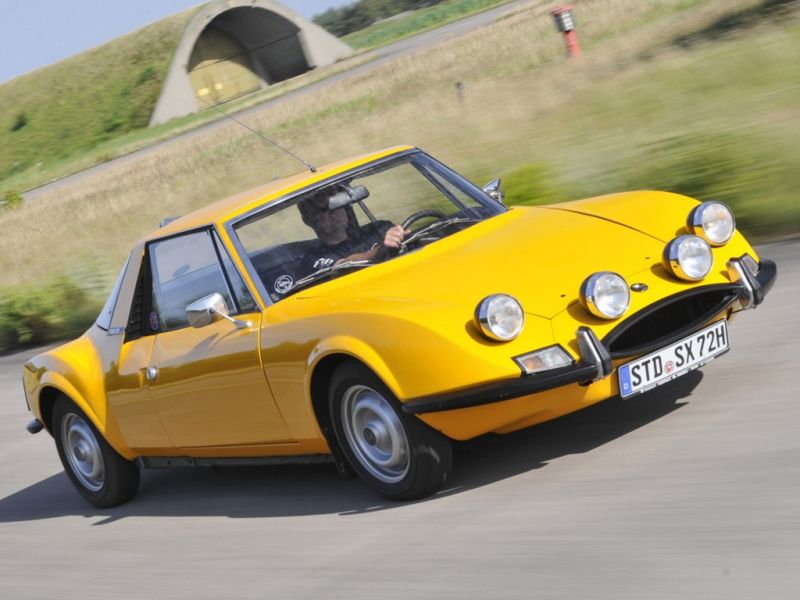
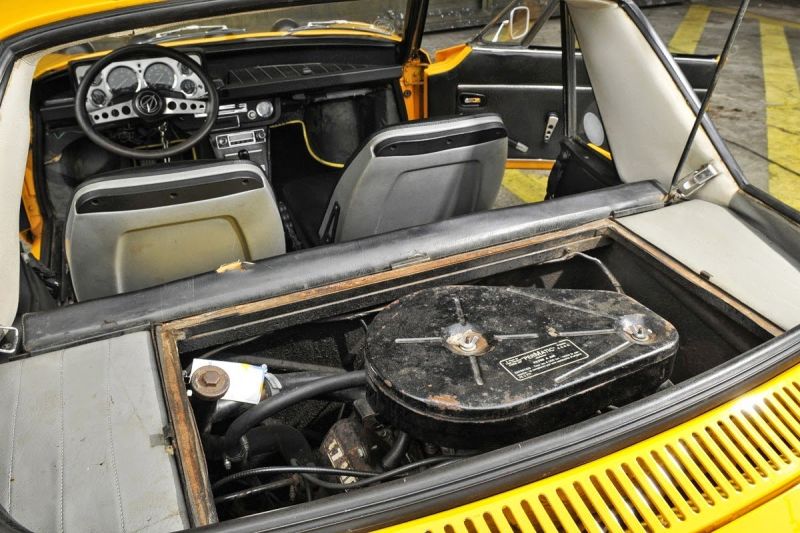
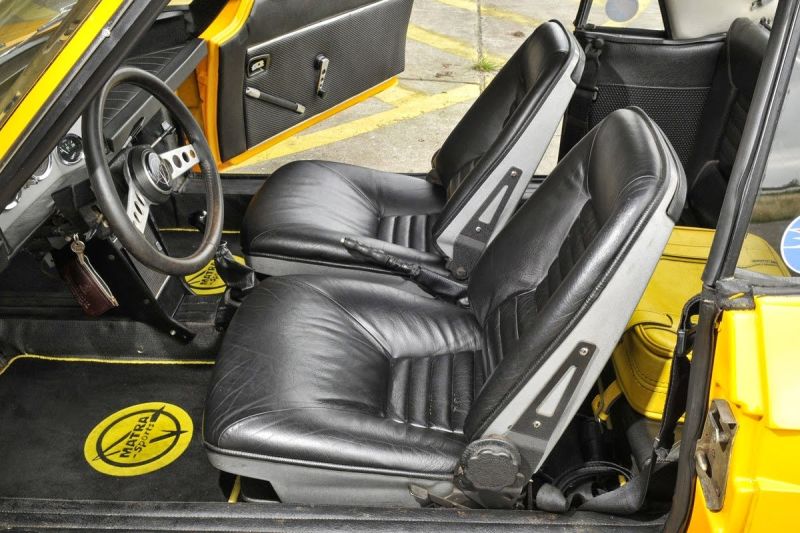
Nice floor mats.
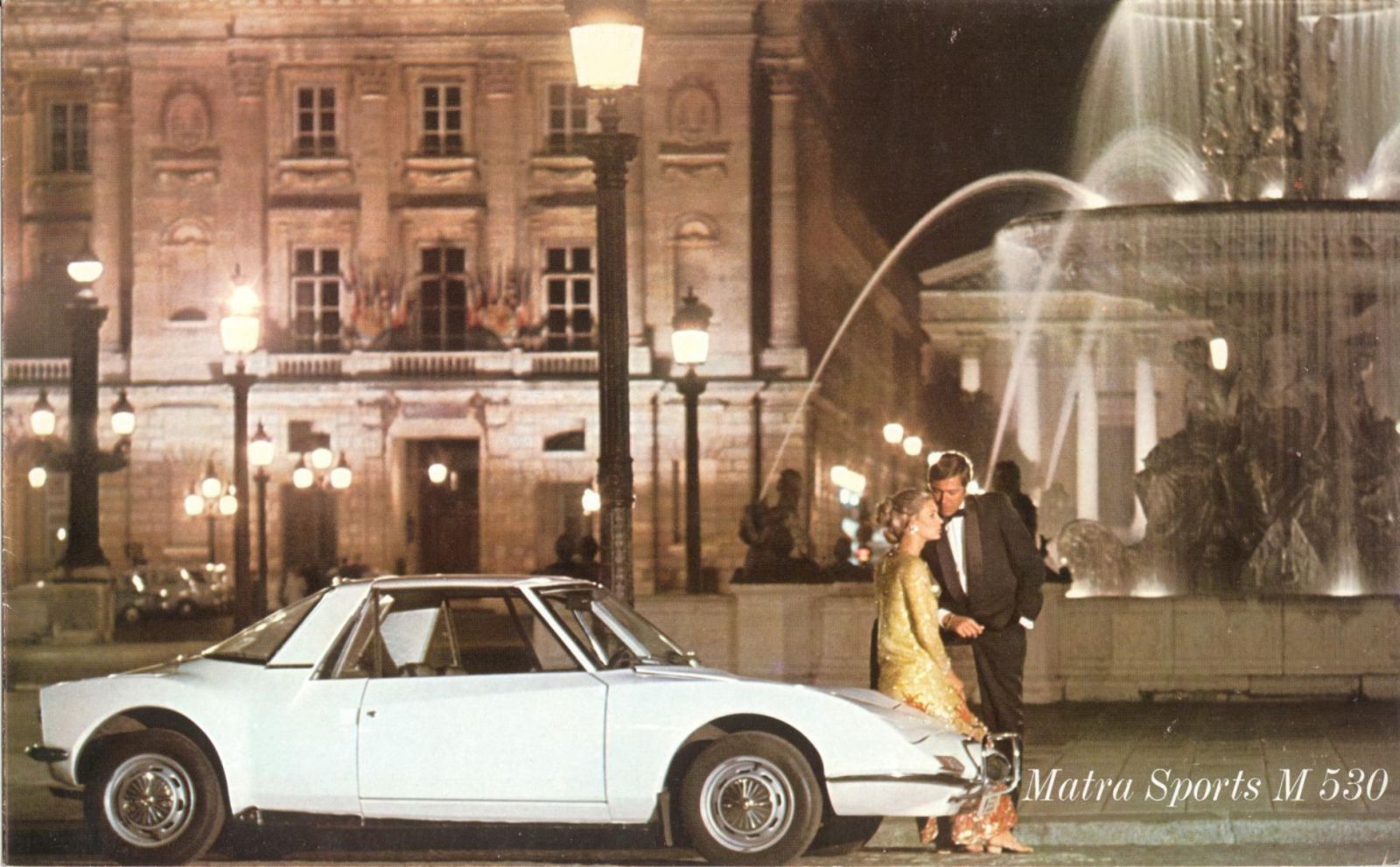

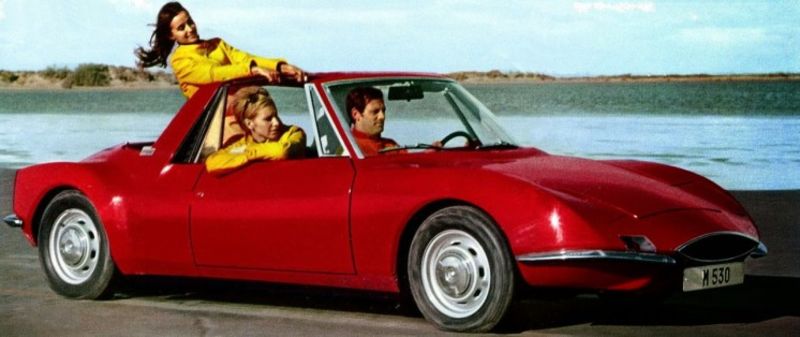
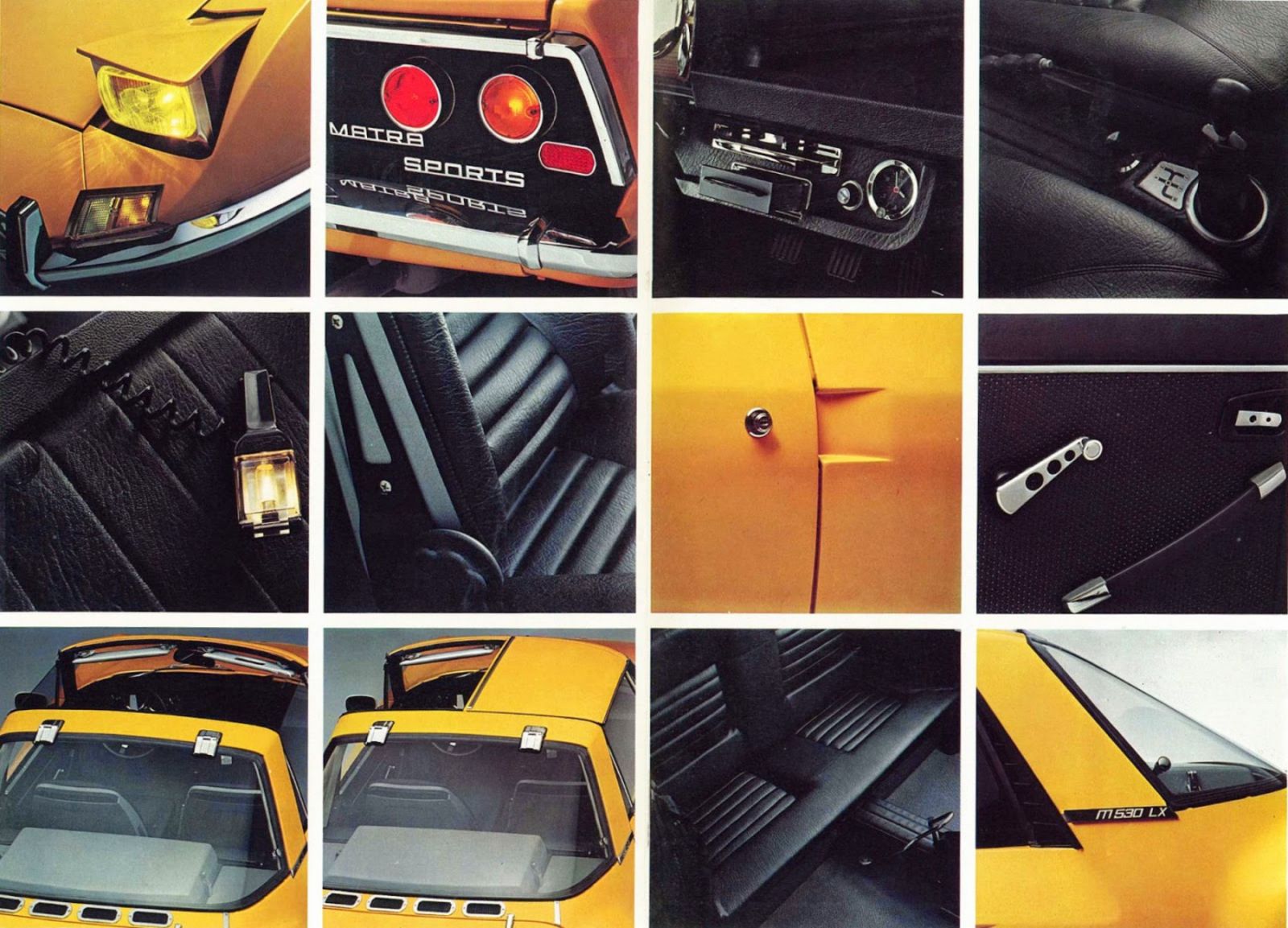
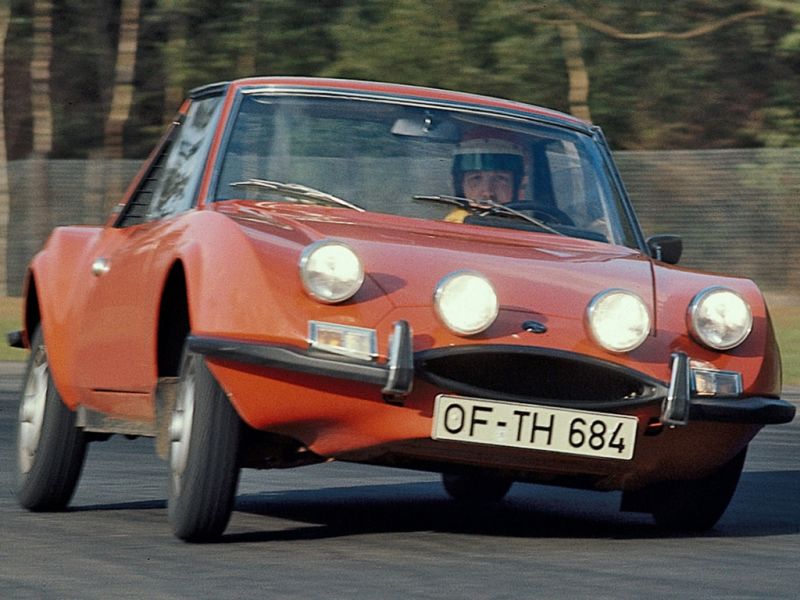
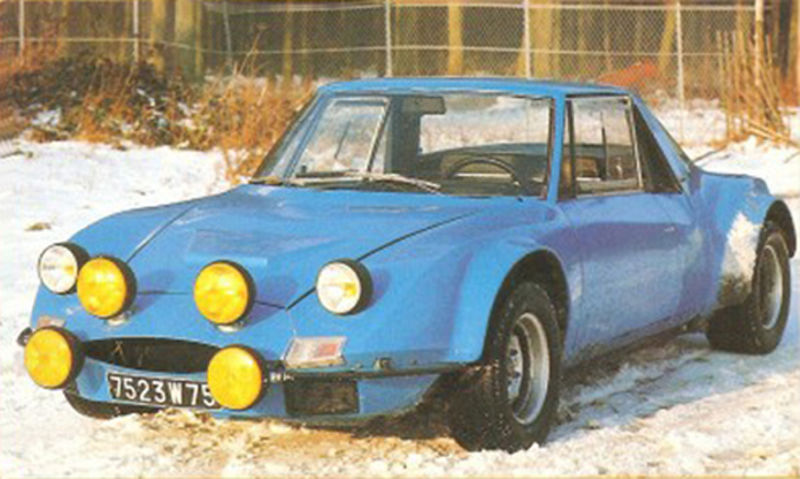
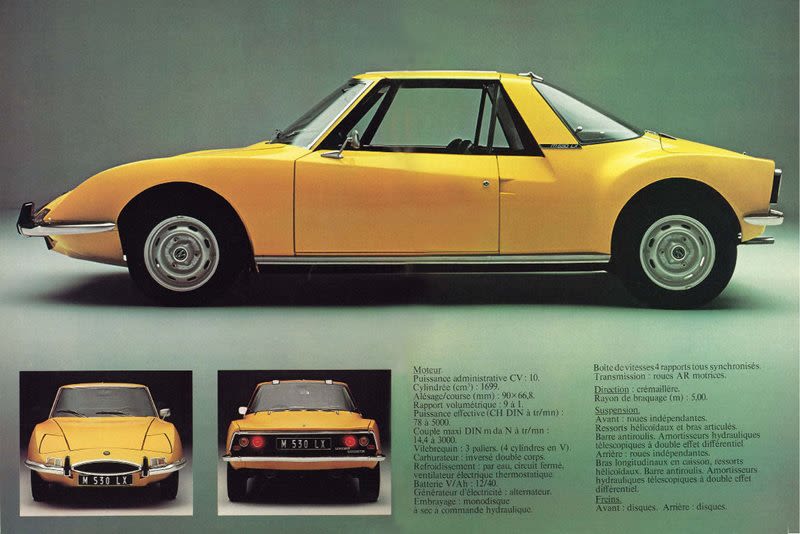

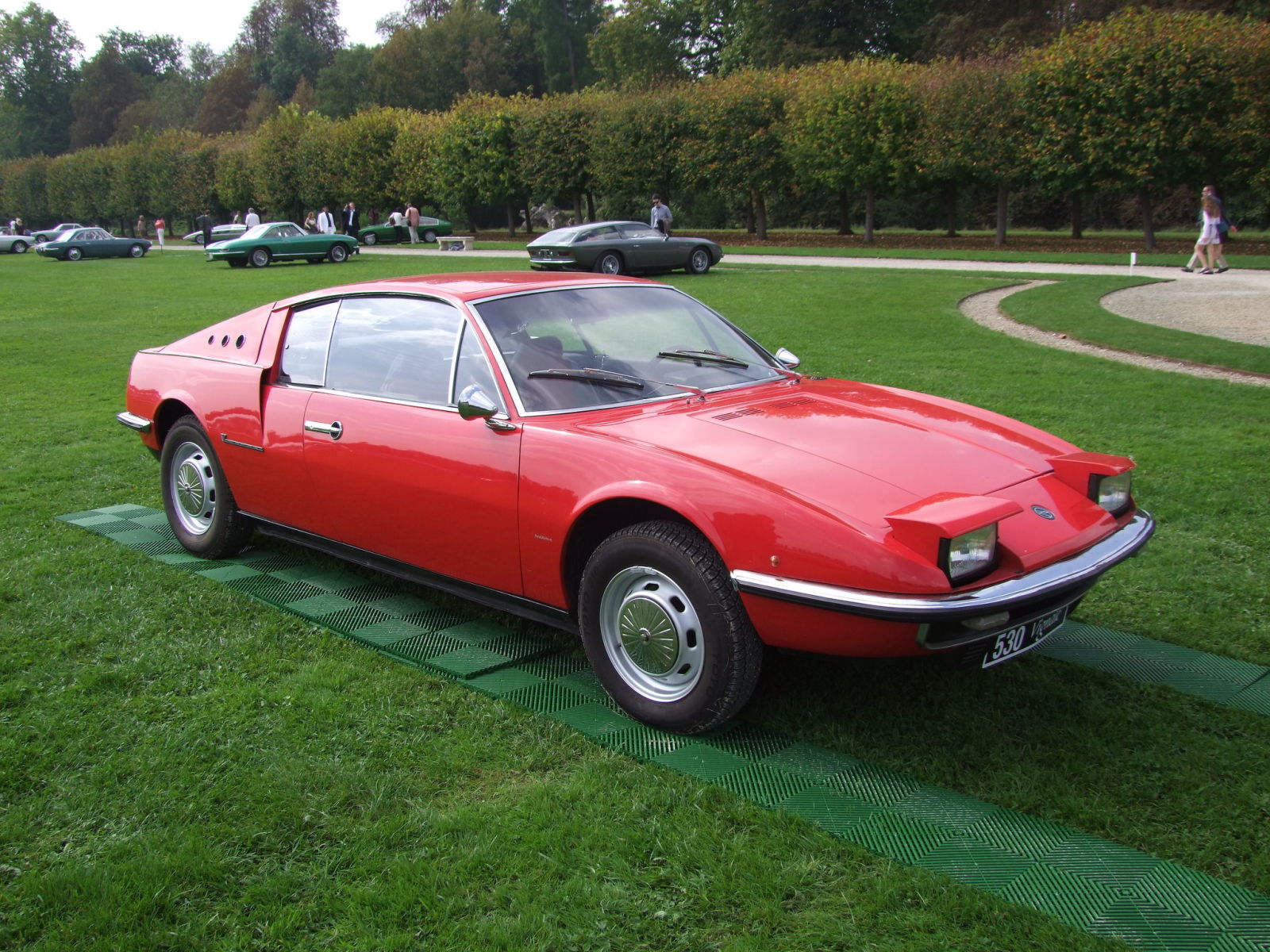
By now I’m half in love with this car. I don’t really want or need back seats, but it’s just so packaged and so neato how they got it all in there, in such small dimensions in such an early time. I’d never buy obscure 60s French when I can have reliable 90s Japanese, but...hey this car can do everything mine can, why not?
Next up, the Bagheera. 70s, wedge, cool. See you there.
** I have discovered that my super-cultured French titles should have “la” not “le”. Both mean “the”, but the former is masculine, the latter feminine. This is tricky for inanimate objects. Trains, trucks, vans, vehicles, taxis are “le”. Busses, cars are “la”.
** I have also discovered French Wikipedia! Yes, ‘tis harder to read than English, but not impossible and I wonder what gems are contained there.